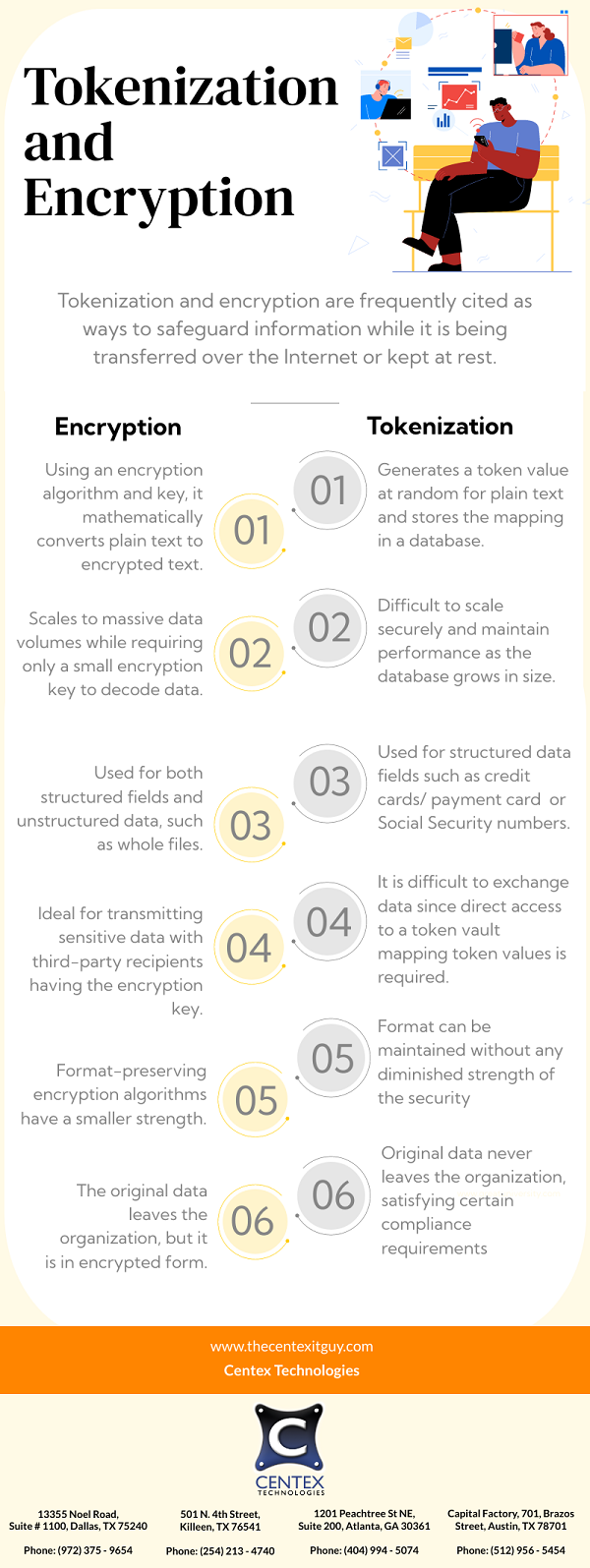Mergers and acquisitions (M&A) are common strategies for companies to expand their market reach, acquire new technologies, or consolidate resources. Mergers and acquisitions involve the integration of people, processes, and technologies from two or more organizations, which can create complex cybersecurity challenges. Some of the cybersecurity risks associated with M&A transactions include:
- Data Security: Merging organizations often need to share sensitive data during the due diligence process, exposing them to the risk of data breaches and unauthorized access.
- Integration Challenges: Integrating disparate IT systems, networks, and security controls can lead to compatibility issues, misconfigurations, and vulnerabilities that may be exploited by cyber attackers.
- Third-Party Risks: M&A transactions often involve third-party vendors, suppliers, and service providers, increasing the risk of supply chain attacks and security breaches.
- Regulatory Compliance: Merging organizations must navigate complex regulatory requirements and compliance obligations, such as GDPR, HIPAA, and PCI DSS, which can vary based on industry and jurisdiction.
- Cultural Differences: Merging organizations may have different cybersecurity cultures, policies, and practices, leading to conflicts and gaps in security awareness and enforcement.
Strategies for Assessing Cybersecurity Risks
To manage cybersecurity risks during mergers and acquisitions, organizations should adopt a systematic approach to assessing and evaluating potential threats and vulnerabilities. Key strategies for assessing cybersecurity risks include:
- Comprehensive Due Diligence: Conduct thorough cybersecurity due diligence assessments of the target organization’s IT infrastructure, security controls, and compliance posture. Assess the maturity of their cybersecurity program, identify areas of weakness or non-compliance, and evaluate the potential impact on the acquiring organization.
- Risk Scoring and Prioritization: Develop risk scoring frameworks to prioritize cybersecurity risks based on their likelihood and potential impact on business operations. Assign risk scores to the identified vulnerabilities and threats to guide decision-making and resource allocation during the integration process.
- Vulnerability and Penetration Testing: Conduct thorough vulnerability assessments and penetration testing to pinpoint security vulnerabilities and assess the exploitability of systems and networks. Evaluate the efficacy of current security controls and pinpoint any deficiencies necessitating remedial action prior to integration.
- Regulatory Compliance Review: Review the regulatory compliance status of the target organization and assess their adherence to industry-specific regulations and standards. Identify any compliance gaps or violations that may pose legal or financial risks to the acquiring organization.
- Cultural Assessment: Evaluate both organizations’ cybersecurity culture and practices to identify differences and potential areas of conflict. Assess the alignment of cybersecurity policies, procedures, and training programs to ensure a smooth integration process.
Addressing Cybersecurity Risks
Once cybersecurity risks have been identified and assessed, organizations should develop a comprehensive strategy for addressing and mitigating these risks effectively. Key strategies for addressing cybersecurity risks during mergers and acquisitions include:
- Integration Planning: Develop a detailed integration plan that includes specific milestones, timelines, and responsibilities for addressing cybersecurity risks. Establish clear communication channels and coordination mechanisms to facilitate collaboration between IT, security, legal, and compliance teams.
- Cybersecurity Governance: Establish a unified cybersecurity governance framework that outlines roles, responsibilities, and decision-making processes for managing cybersecurity risks throughout the integration process. Define clear accountability and reporting structures to ensure effective oversight and risk management.
- Security Controls Standardization: Standardize security controls, policies, and procedures across the merged organization to ensure consistency and alignment with industry best practices. Implement common security frameworks, such as NIST Cybersecurity Framework, to establish a baseline for security governance and compliance.
- Incident Response Planning: Develop and implement incident response plans and procedures to effectively detect, respond to, and recover from cybersecurity incidents. Establish communication protocols and escalation procedures to facilitate rapid response and coordination between internal teams and external stakeholders.
- Employee Training and Awareness: Provide comprehensive cybersecurity training to employees in order to educate them about security risks, best practices, and their roles and responsibilities in safeguarding company assets. Cultivate a culture centered on security awareness and accountability to mitigate the potential risks associated with insider threats and human error.
- Continuous Monitoring and Improvement: Implement continuous monitoring and auditing mechanisms to track changes in the security posture of the integrated organization and identify emerging threats and vulnerabilities. Regularly review and update security controls, policies, and procedures to adapt to evolving cyber threats and regulatory requirements.
Managing cybersecurity risks during mergers and acquisitions is a complex and challenging endeavor that requires careful planning, assessment, and coordination between organizations. By prioritizing cybersecurity as a strategic priority throughout the M&A lifecycle, organizations can safeguard their business operations, protect sensitive data, and maintain trust and confidence among stakeholders. For proactive cybersecurity risk management to ensure the success and sustainability of business transitions, contact Centex Technologies at Killeen (254) 213 – 4740, Dallas (972) 375 – 9654, Atlanta (404) 994 – 5074, and Austin (512) 956 – 5454.


